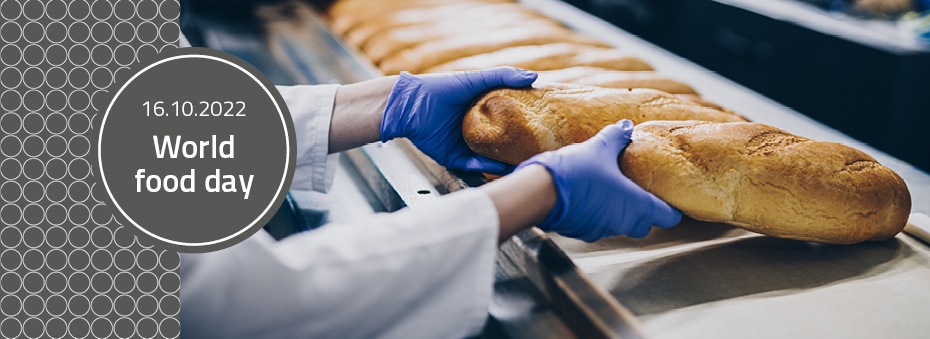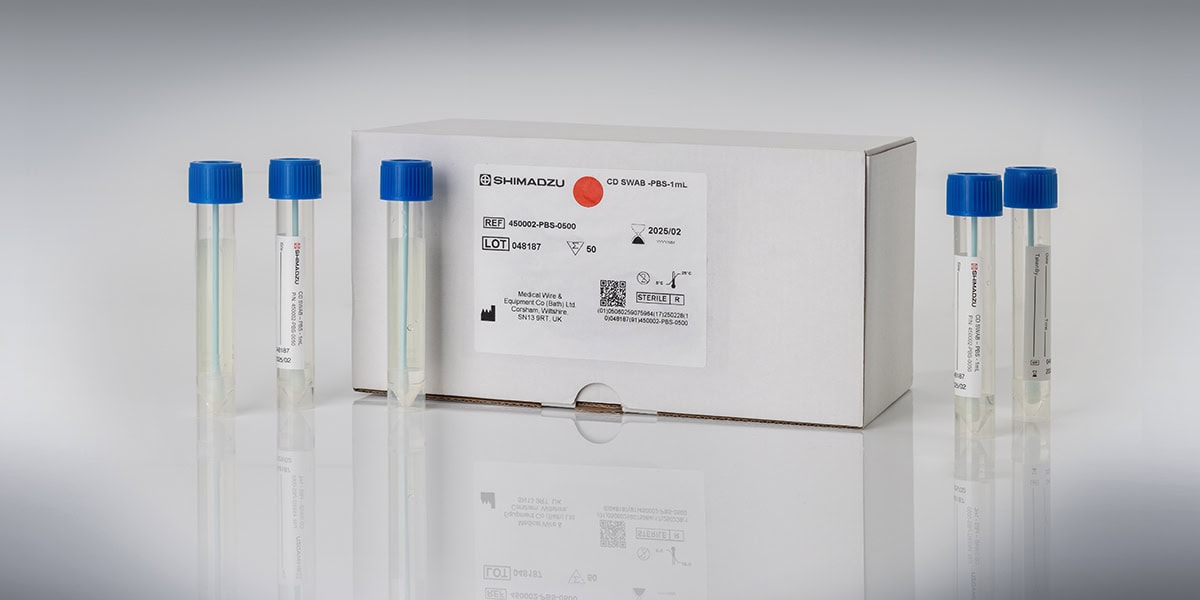
Recent news in Food & Feed Analysis
- Home
- /
- World Food Day 2022:...
World Food Day 2022: Better production for better food

World Food Day is celebrated on 16 October to remind us that many people in the world are still suffering from hunger. Military conflicts, the COVID pandemic and climate change have recently exacerbated the situation again. How can access to healthy and safe food be improved for all people?
Food waste is a major problem. Too much food is thrown away not only in supermarkets, restaurants and private households. Some of the food never even reaches the supermarket shelf. The reasons are climatic conditions, poor harvesting techniques, incorrect storage or inadequate transportation. For example, food can come into contact with molds or pathogens already in the field, during harvest, in production facilities, or during storage and transport, making the product inedible, or cross-contamination with allergens can occur, making manufactured products unsafe for people with allergies.
Risks for food safety:
- Pathogens: Pathogenic microorganisms can cause dangerous food poisoning. Especially untreated fruits and vegetables, raw meat and dairy products, and water are common sources of bacterial infections. The most common pathogens include Campylobacter, Legionella, Listeria and Salmonella.
- Allergens: Food allergies can be very dangerous for those affected. To protect people with allergies from the unwanted consumption of allergens, allergenic ingredients must be labeled on the product. These include, among other things, egg, nuts, fish, milk and gluten.
- Mycotoxins: Mycotoxins are toxic metabolites produced by molds. Grain is often affected by mycotoxins, but also coffee or nuts. The consumption of contaminated products may have acute toxic health effects as well as chronic effects.
Good manufacturing techniques can reduce these risks and help ensure that less food has to be disposed of even before it reaches consumers.
The first step is to make agriculture as sustainable as possible, with improved cultivation and irrigation techniques, site-appropriate seeds, and modern fertilizers and crop protection products. Sustainable farming methods can help to preserve fertile soils, clean water and biodiversity. During harvest, it is important to reduce the input of undesirable substances as much as possible. For example, in the case of manual harvesting, care must be taken to ensure adequate hygiene; in the case of mechanical harvesting, the equipment must be cleaned and maintained regularly. Special attention must be paid to cleanliness also during transport and storage, in order to avoid contamination. Especially during storage, there are many potential risks for food safety: moisture and mold, pests, foreign matter, mixing with other raw materials, contamination by animals or access by unauthorized persons. In production facilities, the application of good manufacturing practice (GMP) is essential. Lack of hygiene, contaminated water or cross-contamination with allergenic foods are the greatest dangers here.
An important tool to ensure food safety are food analyses.


